Essential Indian Spices, A Complete Guide
One of the most common questions I encounter as an Indian food expert is, “What are the essential spices for Indian cooking?” Candidly speaking, answering the question was harder than I expected, not least because Indian cuisine showcases over 40 spices. While some of these ingredients are daily necessities, others are regional specialties; the task lies in separating the two. Consequently, by drawing on my decade-long journey into the heart of Indian cooking, I’ve organized these spices into straightforward categories: ground spices, whole seeds, and aromatic surprises.
By the time you’ve finished reading this article, you’ll have a clear image of how to stock your pantry, how to identify the spices, the seasoning’s unique flavor profiles, and last but not least, how to cook Indian food.
Once you know these essential spices for Indian cooking, you’ll have started your journey into mastering the Indian cuisine.
Here are the Essential Ground Spices for Indian Cooking
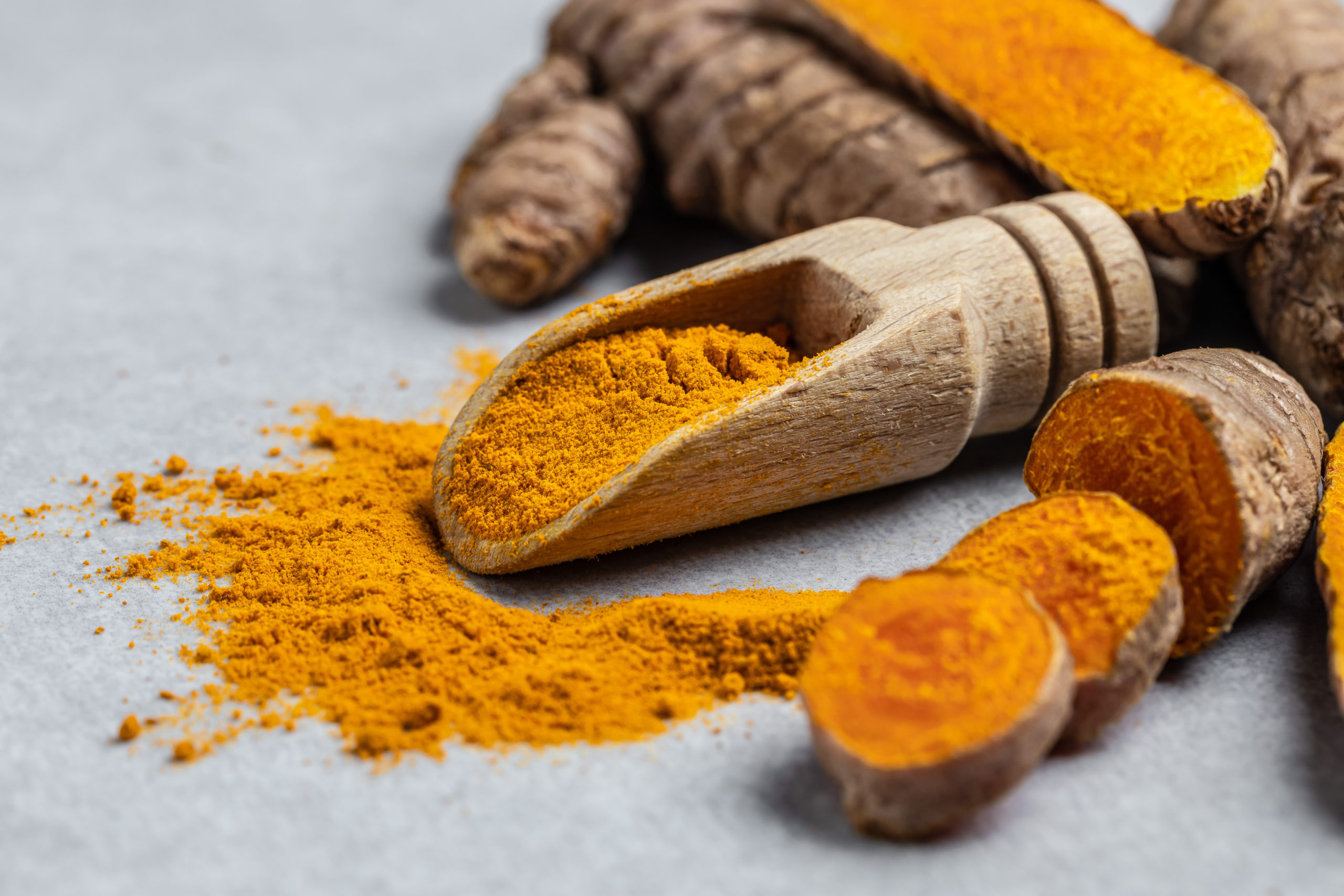
Turmeric Powder (Haldi)
Turmeric powder is a bright yellow ground spice made from dried turmeric root. It has a bitter, warming, and earthy flavor profile. You’ll see it featured in Indian breakfasts, street food, and Indian side dishes. However, when used in excess or overcooked, turmeric can taste overly bitter.
According to Healthline, turmeric boasts anti-inflammatory, antioxidant, and anticancer health benefits — the ancient Indian medical system of Ayurveda also agrees, promoting it as a healing spice.
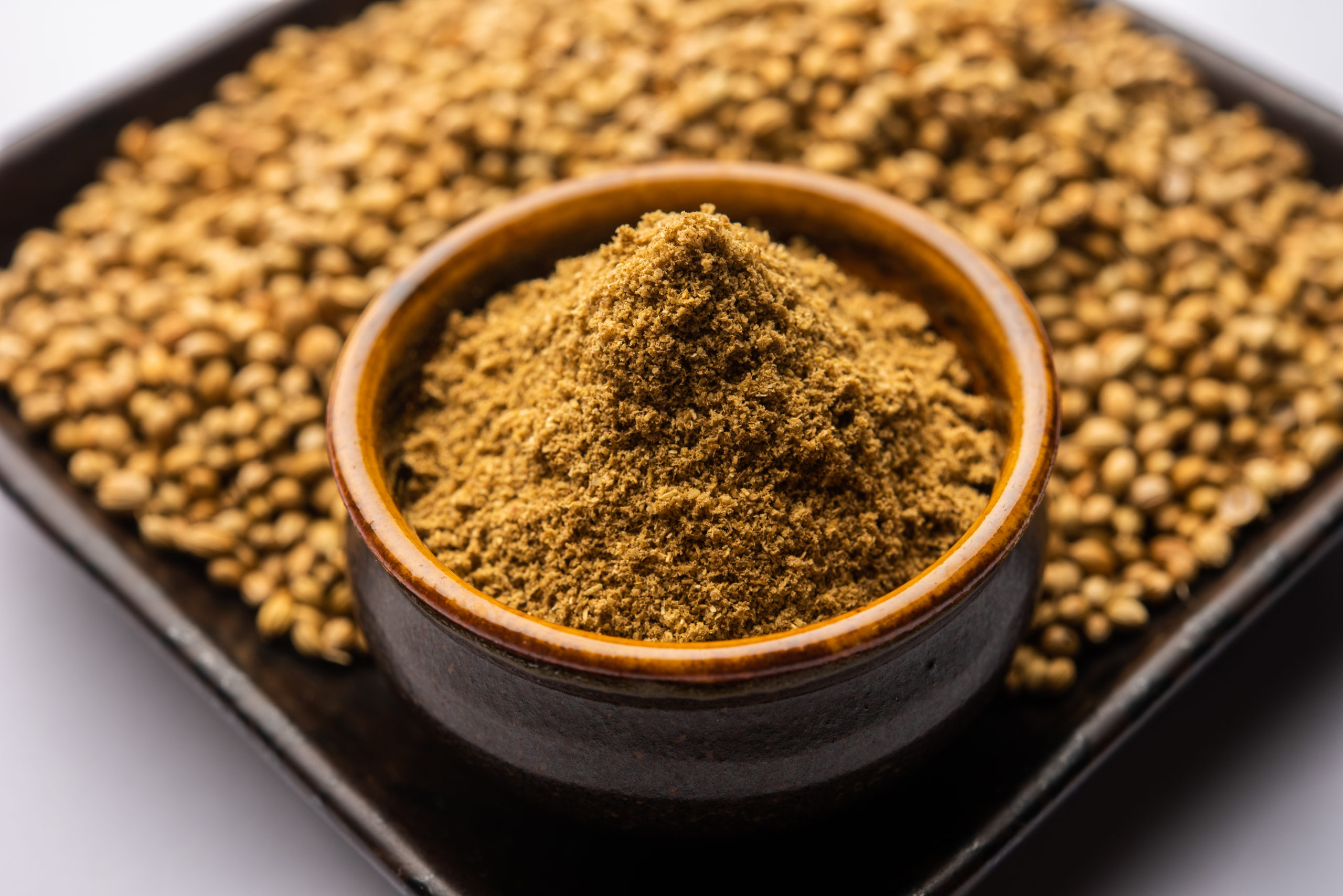
Coriander powder (Dhania)
Coriander powder is made by dry-roasting and grinding whole coriander seeds. The spice has a warm brown color with a musky, citrusy scent and woody flavor notes. Ideally, freshly ground seeds provide the best taste.
As one of the most essential spices for Indian cooking, you’ll want to add coriander powder at the beginning of your recipes. Indian curries, main meals, and lentil dishes frequently use ground coriander. It pairs well with cumin.
Next, the Essential Whole Seeds for Indian Cooking
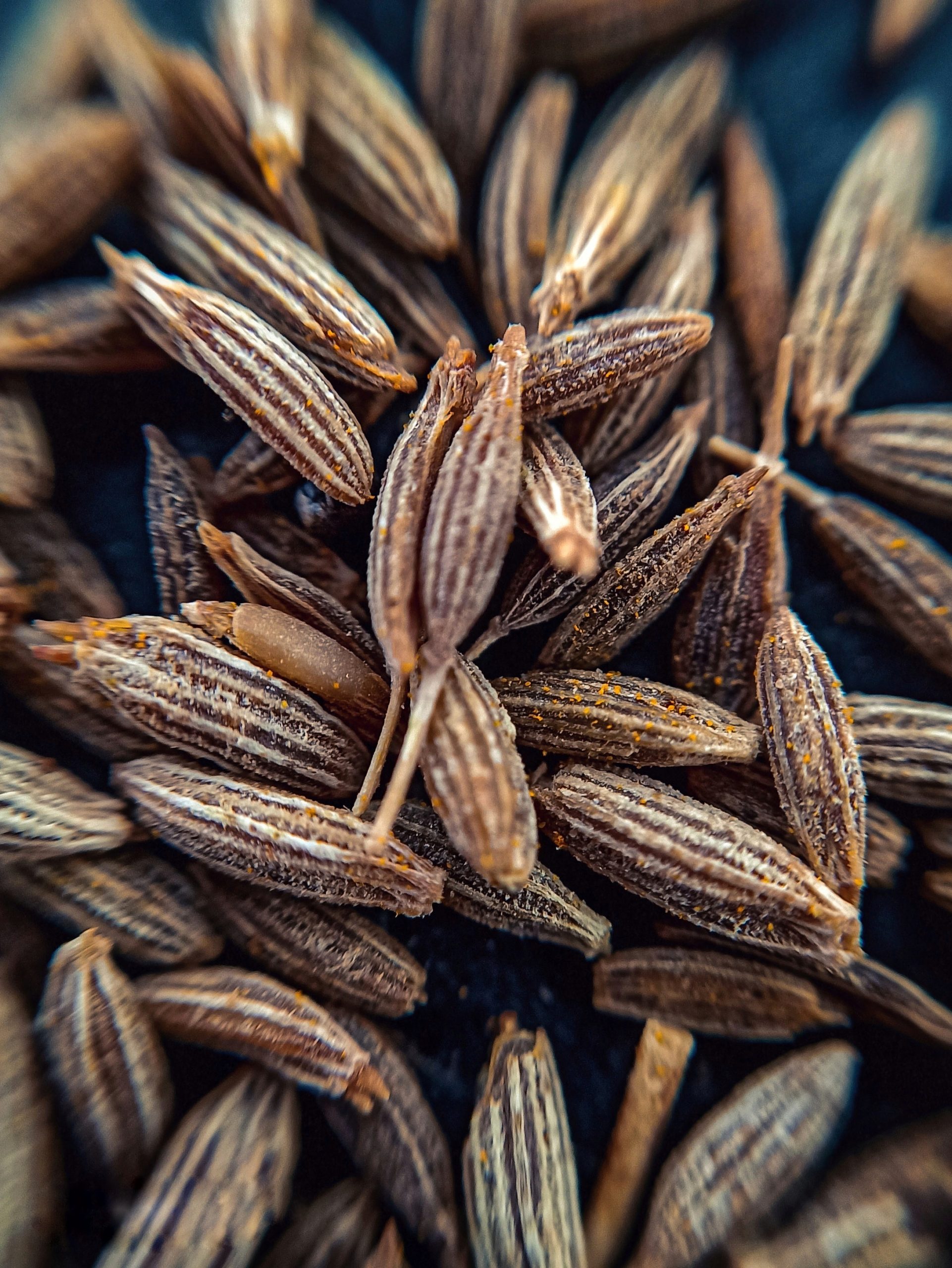
Cumin seeds (Jeera)
Cumin seeds are small, oblong-shaped, light brown spice with a warm, earthy, sweet, and subtly bitter bite. At the beginning of your dish, fry the cumin seeds in oil until they pop, bringing a delightful crunch and woody aroma to savory recipes.
Don’t just use cumin seeds in curries. They are also considered essential for Indian rice dishes like pulao and biryani or snacks like sabudana vada. Another way to use cumin seeds is for “tadka” or “tempering” in recipes like dal tadka.
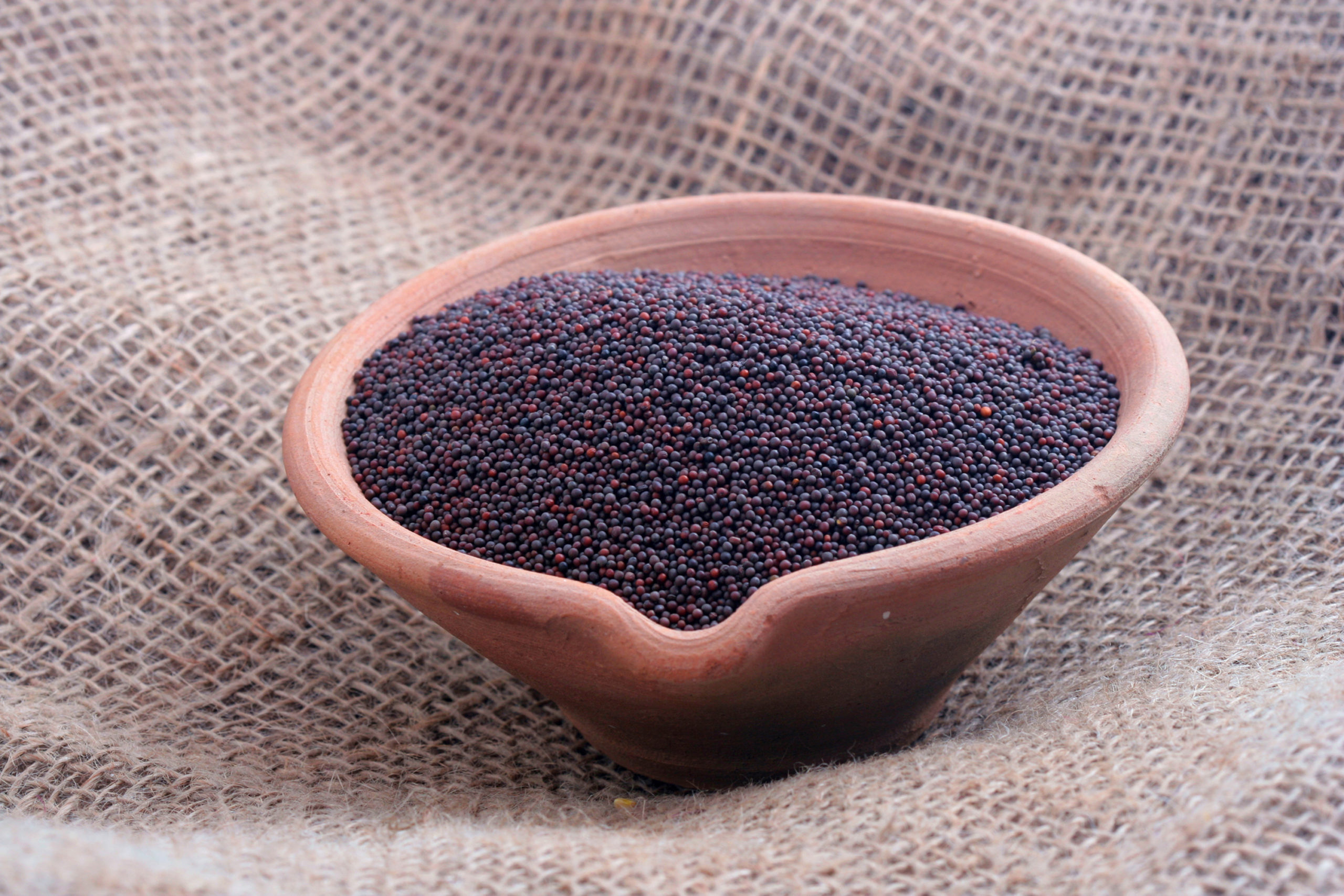
Black mustard seeds (sarso / Rai)
While there are many varieties of mustard seeds, Indian cuisine typically uses the hotter brown or black varieties. Smooth and tiny black mustard seeds have a robust, spicy, and less bitter flavor than their yellow counterparts.
Use black mustard seeds at the beginning of your cooking by frying them in oil until they pop. An essential spice for South Indian cooking, recipes such as chutney, pickles, vegetable sambar, bharli vangi, and many more use the ingredient liberally.
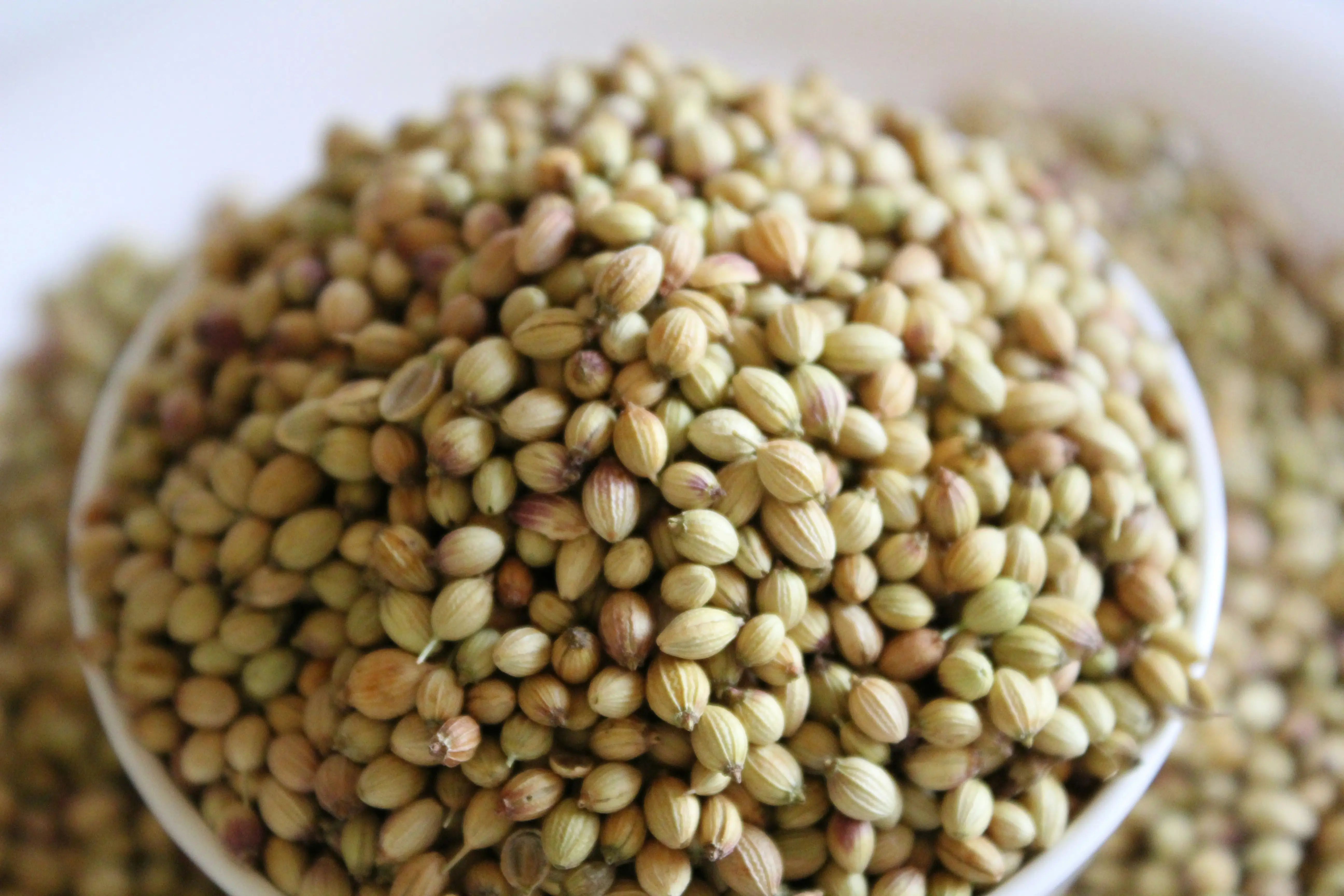
Coriander seeds (sabut dhania)
Did you know you can use coriander seeds, not just coriander powder or fresh herbs? Coriander seeds are brown-green colored with a distinctive citrusy, nutty, and spicy flavor makeup. It tastes similar to coriander powder but offers more texture and bursts of fresh flavor rather than an even layer of seasoning.
You can incorporate coriander seeds into pickles, bread like kulcha, or in tempering for Indian lentils. You can also grind them into a powder.
Finally, the Essential Aromatic Spices for Indian Cooking
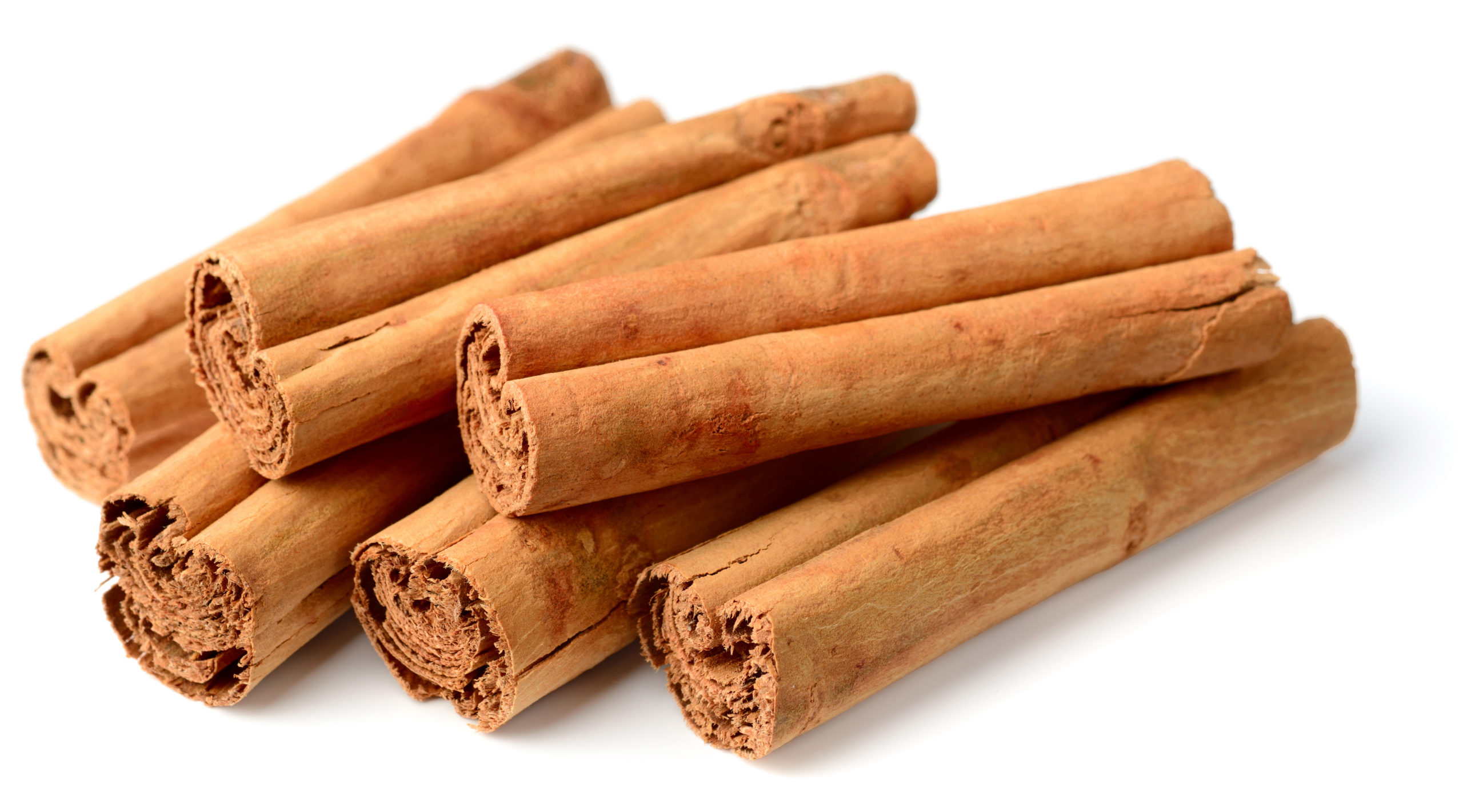
Cinnamon Sticks (Dalchini)
Your Indian grocery store probably stocks two varieties of this essential spice: Ceylon true cinnamon and Chinese cassia bark. Although similar in appearance, both have unique flavor traits, and we highly recommend the golden-brown tightly curled quills of Ceylon cinnamon, which is sweet, spicy, and woody.
Cinnamon is a vital ingredient for Indian cooking, with its uses extending to rice dishes like biryani, masala chai, aromatic curries like chana masala, and even desserts.
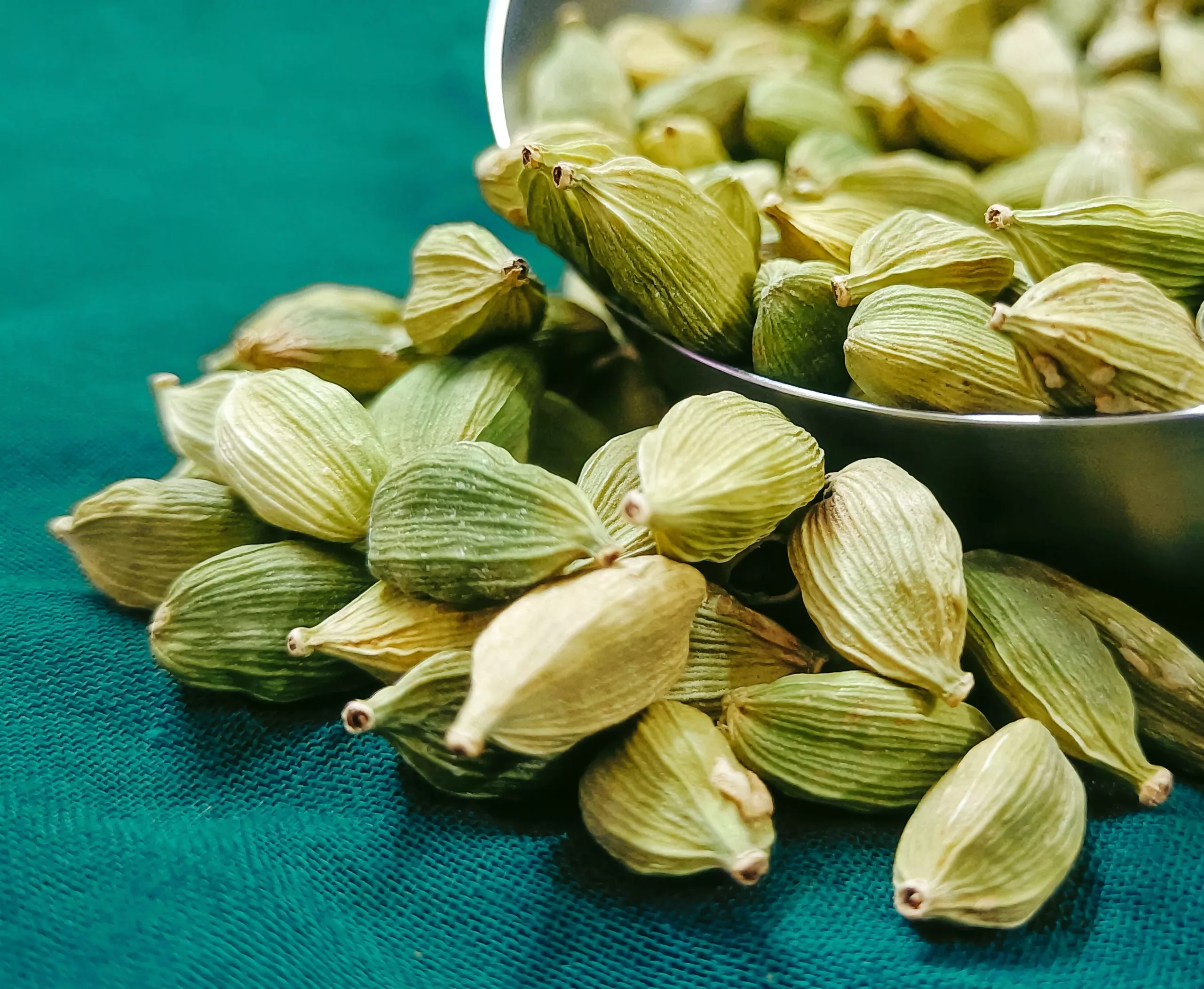
Green Cardamom (Elaichi)
The gorgeously fragrant aromatic yet herbal cardamom pods are deep green — the brighter the green, the fresher they are. Inside, cardamom pods hide small brown seeds. You can use the spice whole or remove the seeds and use them separately.
Due to their versatile flavor, cardamom pods are essential for cooking Indian desserts like rasgulla, gulab jamun, and kheer. They also add a sophisticated touch to rich curries like shahi paneer or malai kofta.
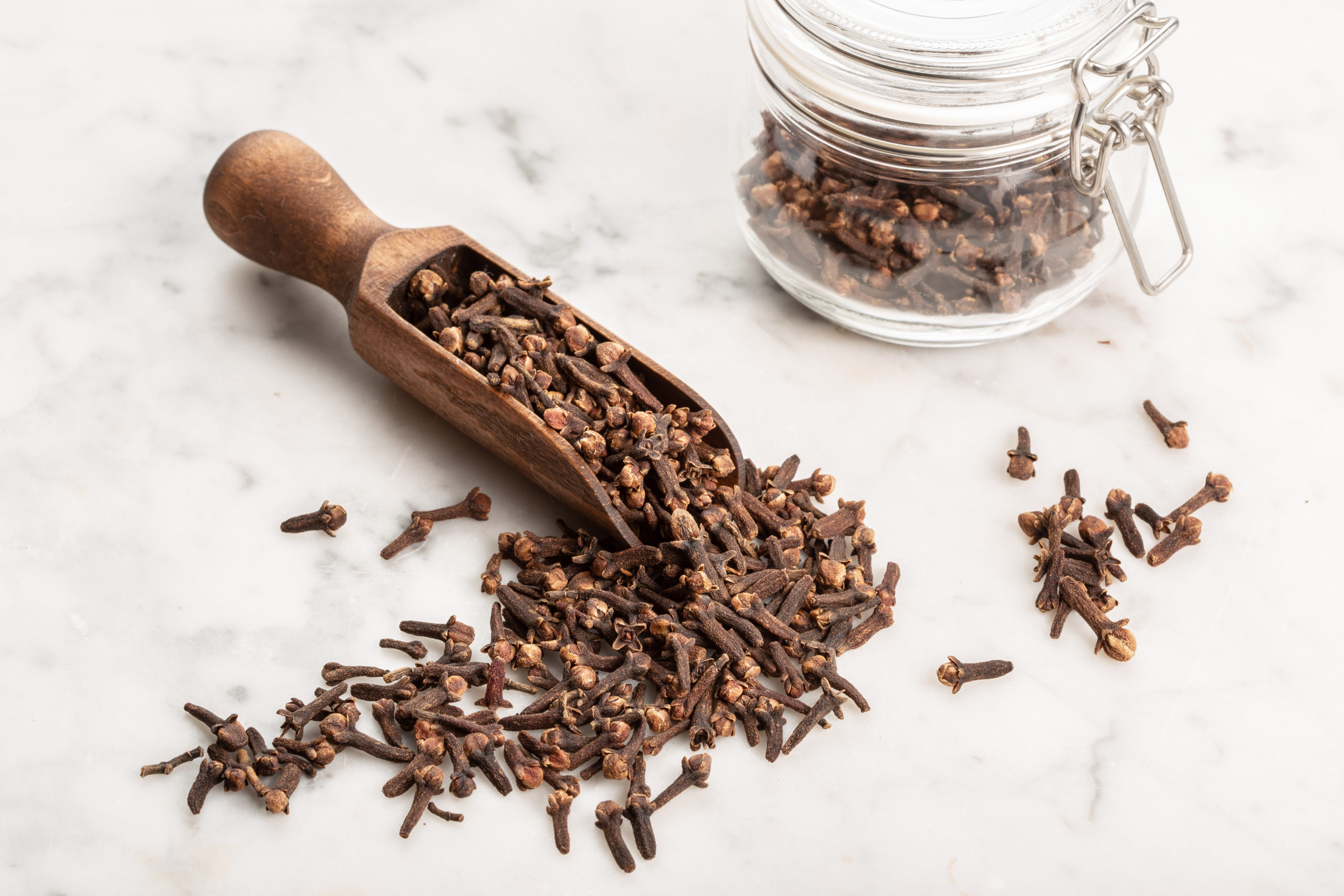
Cloves (laung)
Uniquely, cloves are dried flower buds. They boast an intensely powerful sweet, penetrating, and almost numbing flavor. The numbing sensation comes from a trace amount of astringent eugenol in the spice, which, per Healthline, is a natural anesthetic and anti-inflammatory medicine.
In addition to their use as a medicine, cloves are an essential ingredient in garam masala and other spice blends, along with biryani and curries. It pairs well with other aromatic spices.


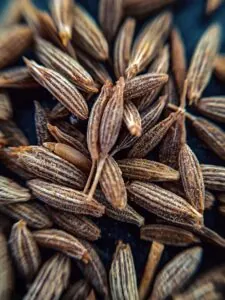
Thank you for highlighting these 12 essential spices for Indian cooking. I didn’t realize the difference between Ceylon true cinnamon and Chinese cassia bark.
I’m so glad this article on essential Indian spices taught you something new, Debbie. Unfortunately not many people know the difference between Cassia and Ceylon cinnamon, which is a shame as they have very different flavors.
I love cinnamon sticks. I never knew there were so many Indian spices.
There’s a wealth of ingredients waiting to be explored! These are just the essential Indian spices, but there are many more specialist ones.
Combining traditional spices to produce beautiful cooking is an almost spiritual act. Certainly exploring Indian food will greatly expand our cooking repertoire. Thank you for these
I love that description of it as a spiritual act, Beth! I highly recommend exploring Indian food and the essential spices, as it brings so much color and flavor to cooking.
Hi, thanks for sharing this awesome blog post about essential spices for Indian cooking. I’m a big fan of Indian food and I want to try making it at home. Your list of 16 spices is very useful and covers a lot of different dishes. I like how you explained the flavour and usage of each spice, and how to store them well. I learned a lot about the whole spices – seeds and aromatics.
Thank you for such a lovely comment, Kimberley! I’m so pleased you found my list of essential spices helpful, and hopefully it aids you in your Indian cooking journey.
I love cooking with different spices. Indian spices have such great flavor and can really make the most basic dishes taste amazing.
That’s so true, Angelica! Just a few Indian spices can really upgrade a meal from basic to incredible.
Your guide to essential spices for Indian cooking is incredibly helpful! It’s like a flavorful journey through the world of Indian cuisine. The way you’ve explained each spice’s role and provided tips on combining them is perfect for both beginners and experienced cooks. Time to spice up our dishes! 🌶🍛
I’m so happy you found the article helpful! These spices are so versatile and such an easy way to add more excitement to your everyday meals.
One of the reasons why I love Indian cuisine is because of the diverse range of spices they use. These spices add flavour to the dish and make it more vibrant and lively. From the warm and earthy aroma of cumin to the sweet and fragrant notes of cardamom, Indian spices are sure to tantalize your taste buds. Whether making a simple dal or a complex biryani, incorporating Indian spices can take your dish to the next level. So don’t be afraid to experiment and add a little spice to your life!
This is interesting, I can’t eat spicy for my health but it does help to make it better. Thank you for sharing!
I’m so glad you found it helpful! Some Indian spices (despite the name) aren’t the “hot and peppery” type, but have a gentle aromatic and fragrent aroma. It may be worth exploring them!
Ooohhhh…thank you for sharing this list! It’s no surprise that turmeric, coriander and red pepper powders are staple in Indian cooking!
Those three spices really are the holy trinity of essential spices to cook Indian food!